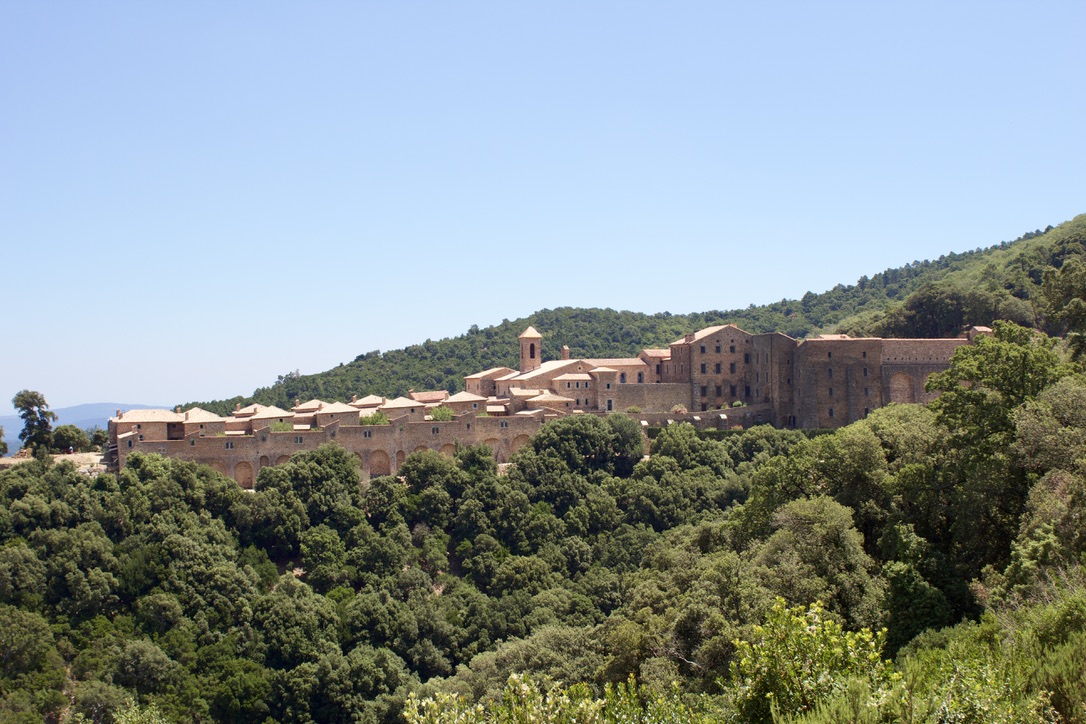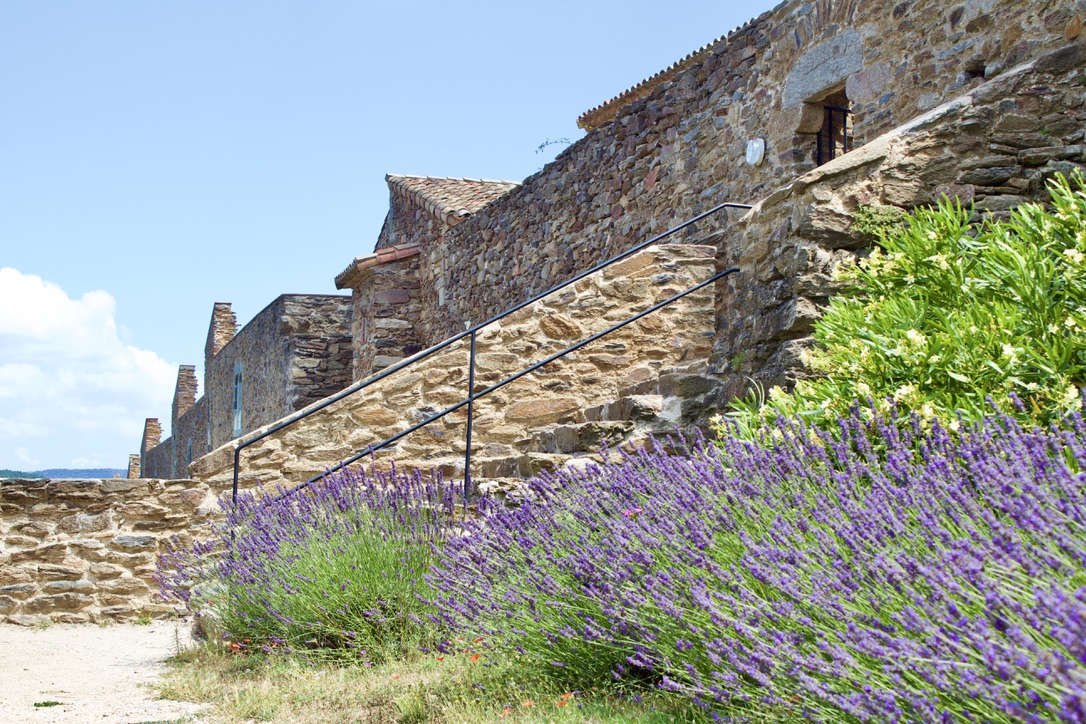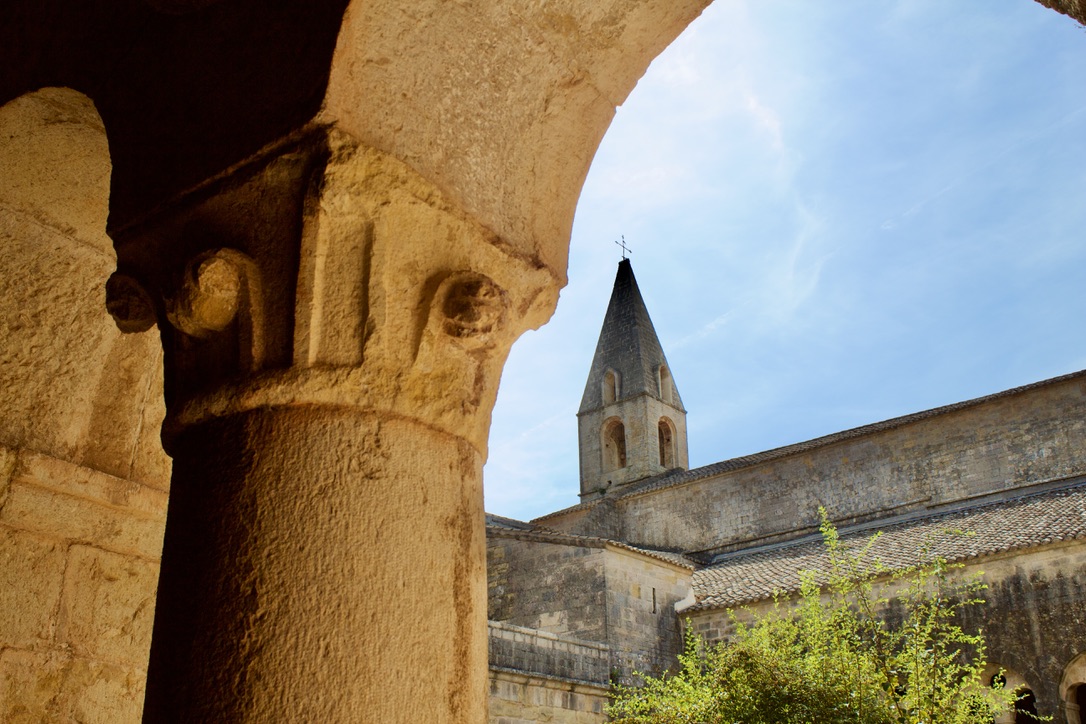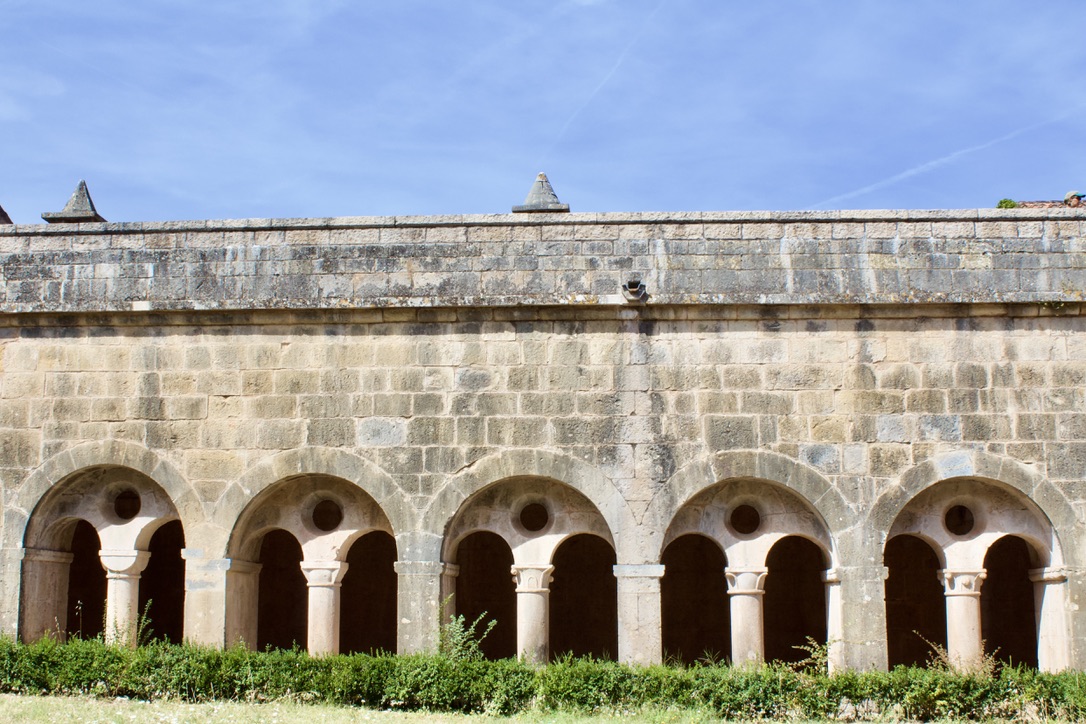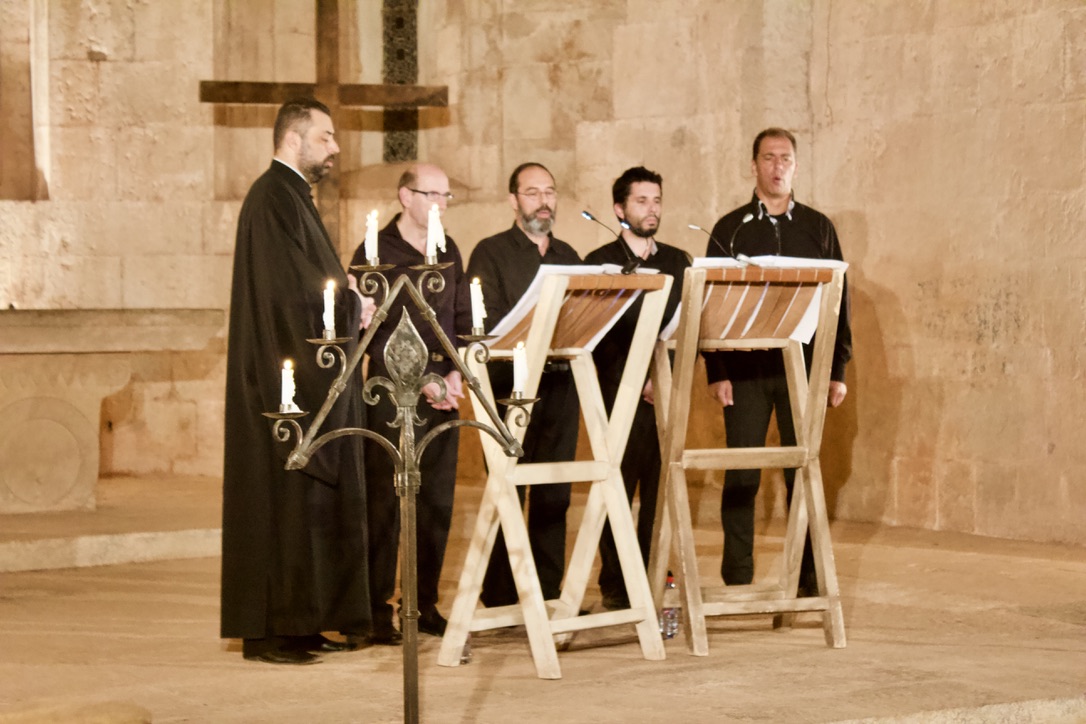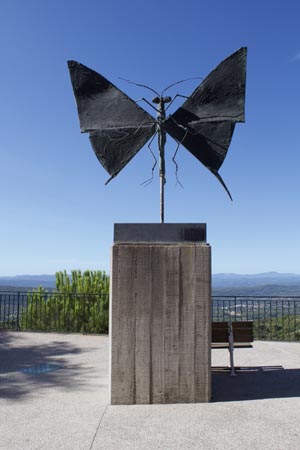 TOURTOUR - THE TOWN IN THE SKY
TOURTOUR - THE TOWN IN THE SKY
Tourtour is located about 85 km from Cannes in the Var department in the Provence-Alpes-Côte d'Azur region.
It is considered among the most beautiful villages in France. From the communal castle opens a magnificent view of Provence, from the Maures massif to the Sainte-Victoire montagne.
Like Saint-Paul-de-Vence, Tourtour has attracted artistic personalities over the years: the painter Bernard Buffet, actors Jean Marais, Raimu and Jean Bouise, writer Vladimir Nabokov, composer Pierre Boulez.
Bernard Buffet's sculptures are located next to the castle near the historic town center.
The permanent exhibition Ronald Searle is to be found in the communal castle.
Several art galleries are active today: Atelier-Galerie La Tourtouraine, Galerie Blanchard, Atelier-Galerie des Ormeaux, Galerie Vision, Atelier-Galerie Manou, Gallery Countadou, Gallery of the Old Castle, Curios Gallery, Atelier-Galerie La Chouette, The Pottery of the Sun, Galerie du Vieux Château.
The annual town festival is held on the first weekend of August. The perennial arts program features traditional dances of Provence, a formal ball, musical evenings, a dance contest, and the big aïoli shared by all.
The theater under the sky (théâtre de verdure) is a concert venue.
The Egg Festival is organized every year in spring time.
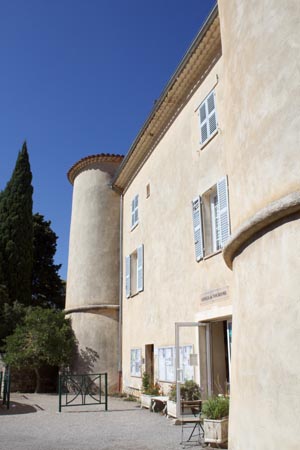 TOURTOUR: HISTORY OF THE TOWN
TOURTOUR: HISTORY OF THE TOWN
The town was inhabited by the Gallo-Romans, then by the Romans where they lived until the 5th century.
In 973, Count Guillaume de Provence won the battle of Tourtour against the Saracens who had occupied Provence for several decades. This victory marked the definitive expulsion of the Saracens of Provence.
The Cistercian monks founded the abbey Sainte-Marie de Florièyes in 1136, believed to have been the first Cistercian Abbey in Provence. Later, the abbey was transferred to the Thoronet. Some vestiges of the Abbey of Florièye remain in the chapel Notre-Dame-de-Florièyes which was built during the 12th century.
TOURTOUR: MEDIEVAL TOWN
Tourtour has a rich heritage from the medieval period: the church of Saint-Denis of the 11th century, the old castle of the 12th century, the Chapel of the Holy Trinity, the Place des Ormeaux, antique houses and fountains.
Outside the town stands the tower of Grimaldi, a square dungeon constructed during the 12th century.
TOURTOUR: OIL MILL
The Tourtour oil mill is still in operation today. This facility was built during the 18th century.
Its works are driven by waters of the Holy Rosary (Saint-Rosaire). In a completely artisanal way, the mill’s press processes about 50 tons of olives per year.
From mid-December into March each year, the mill opens its doors to the public for oil-making.
Throughout the rest of the year, artists' exhibitions take place in the mill building.
RUINES OF THE FORMER ABBEY
Vestiges of the former abbey are situated on the grounds of the agricultural enterprise known as “Domaine de Florielles.”
The medieval bridge is dated by the end of the 13th century.
The apse of the Sainte-Marie chapel is from the 12th century. Its nave was reconstructed more recently, at least in its upper reaches.
Original parts of the former convent are largely preserved. Some walls of the sheepfold from the 12th century, and stables and cochonniers of the 18th century are partially preserved. The bastide was built between 1792-1793. It was inhabited into the 1950s.
TOURTOUR: PALÉONTOLOGIE MUSEUM
The fossil museum "Victor Zaneboni" of Tourtour was inaugurated in 1978. Its collection is composed of more than 1,000 objects and specimens of rocks and fossils found in the Haut Var.
TASTING VISIT IN TOURTOUR - RESTAURANT LA TABLE
Gourmet cuisine
Chef Laurent Guyon has been welcoming guests to the Table since 2003. This gourmet restaurant is designated of Master Restaurateur. The restaurant offers creative and refined cuisine with an exotic touch. The dishes are mainly prepared from fine local products. Its menu card is revamped each season.
The restaurant is open every day except Tuesday. In winter: closed on Mondays and Tuesdays.
Address: 1, Traverse du Jas, Les Ribas, 83960 Tourtour
TASTING VISIT: WINES OF PROVENCE
The winery "Château Thuerry" is located in the heart of Regional Nature Park of Haut-Var-Verdon. With its majestic bastide whose origins date to the times of the Knights Templar, it cultivates more than 300 hectares of land spread across the communes of Villecroze, Flayosc and Tourtour. Grape vines cover about 40 hectares.
The production of wine comes in three appellations: appelaltion Côtes de Provence (Flayosc); appellation Coteaux Varois in Provence (Villecroze), and appellation Coteaux du Verdon (Tourtour).
The winery "Château Thuerry" hosts various artistic exhibitions throughout the summer months.
Adresse : Château Thuerry, 83690 Villecroze




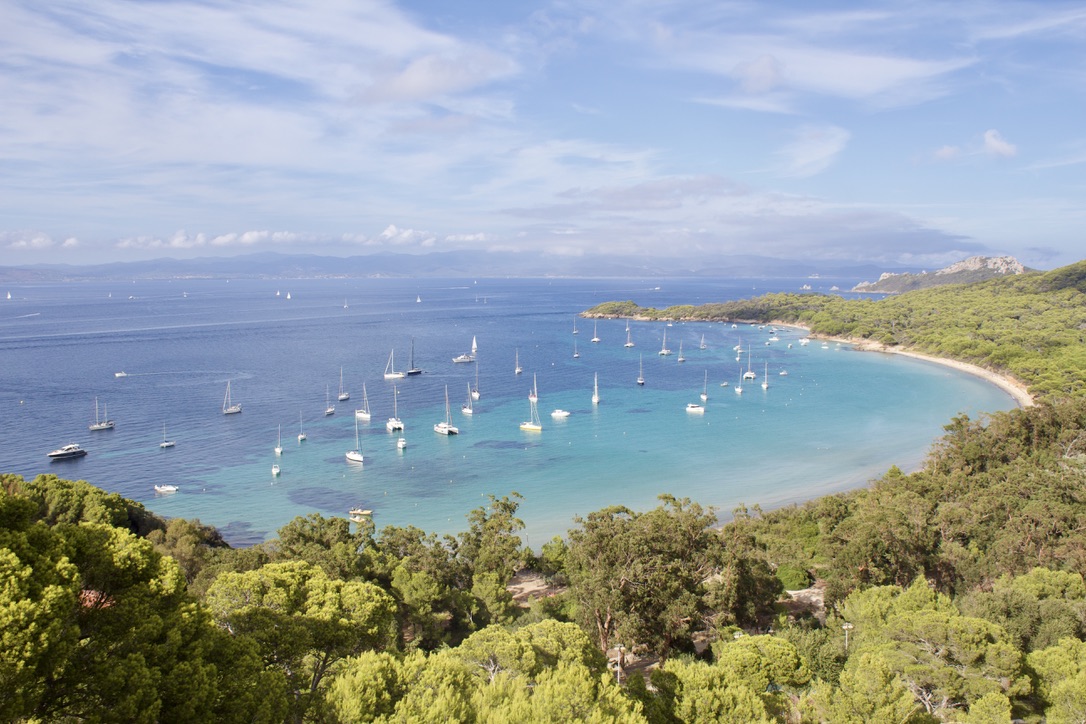
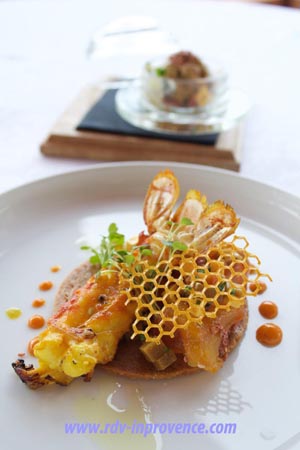 PORQUEROLLES: RESTAURANT LE MAS DU LANGOUSTIER
PORQUEROLLES: RESTAURANT LE MAS DU LANGOUSTIER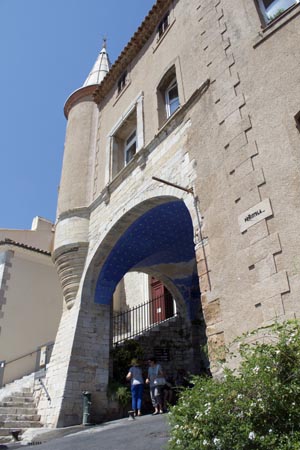 HYÈRES - THE MOST SOUTHERN CITY IN PROVENCE
HYÈRES - THE MOST SOUTHERN CITY IN PROVENCE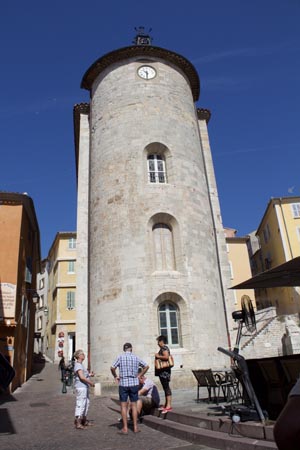 HYÈRES: THE TOWER OF THE KNIGHTS OF TEMPLARS
HYÈRES: THE TOWER OF THE KNIGHTS OF TEMPLARS